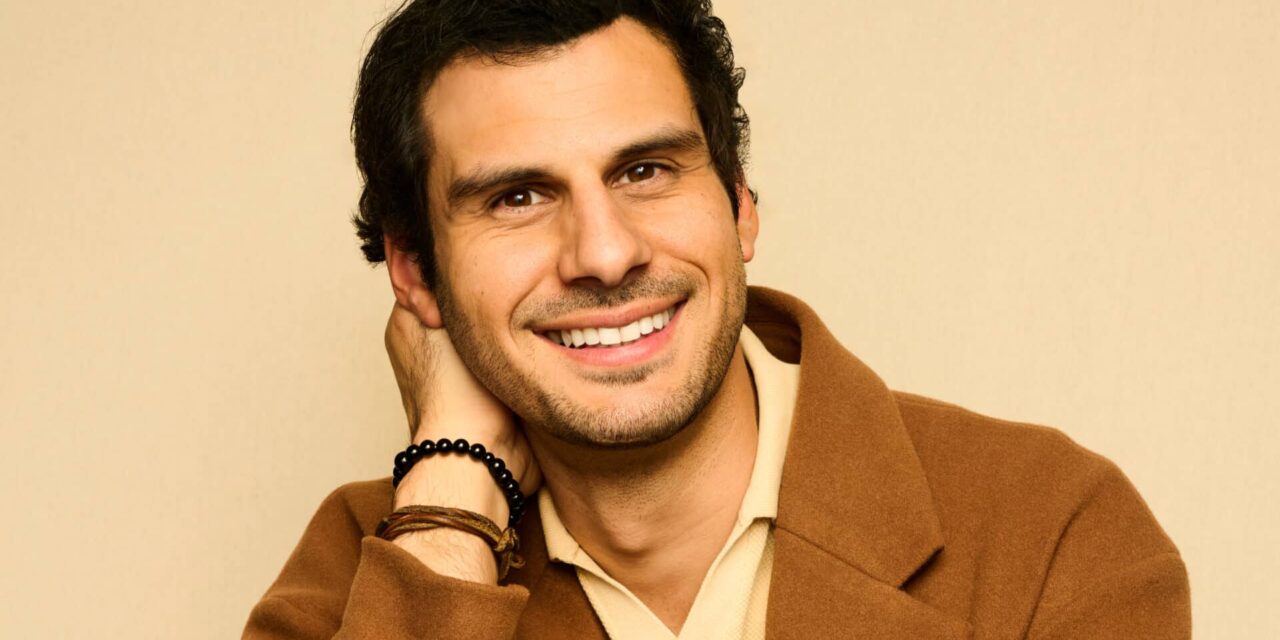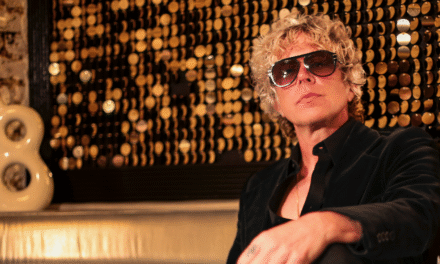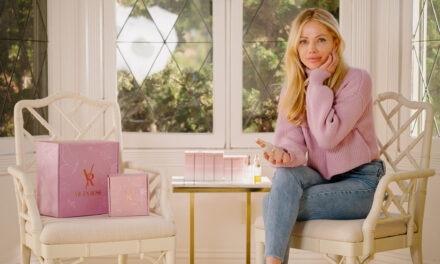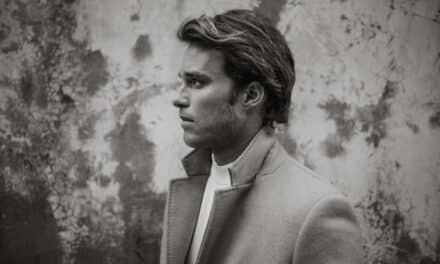Born and raised in Santa Barbara, CA, Native American (his grandfather on his father’s side was full Cherokee and his grandmother on his mother’s side was Mexican Indigenous) actor and stuntman, Skyler Bible, has become a familiar face whose loveable and distressed characters have been seen around the world at international festivals, streaming, and on the big screen.
Best known for his role as ‘Fixer’ in Star Wars: The Book of Boba Fett, Bible is full of creativity and passion for his craft and has dipped his toes in a variety of roles. Whether it’s a begrudging officer starring with actor/director Jim Cummings’ in the 2020 Orion Pictures’ horror comedy The Wolf of Snow Hollow, or portraying Astronaut Richard Gordon (Apollo 12) next to Ryan Gosling in Damien Chazelle’s First Man, he is no stranger to the spotlight. His characters range from goofy demons to a heart wrenched boyfriend trying connect with his love again, to a vampire hunter, to a loving husband supporting his wife through the most difficult of circumstances.
In 2022, Skyler played diverse characters on TV shows including: Star Wars: The Book of Boba Fett as Luke Skywalker’s best friend, who stands up for what he believes in. In Fox’s 911: Lonestar, a college “athlete” that thinks it’s the right thing to ski on a highway, not weighing the potential life altering risks, and Ryan Murphy’s Monster: The Jeffrey Dahmer Story, portraying a real-life victim Richard Guerrero, in a story that opened the world’s eyes to the evils that people are capable of.
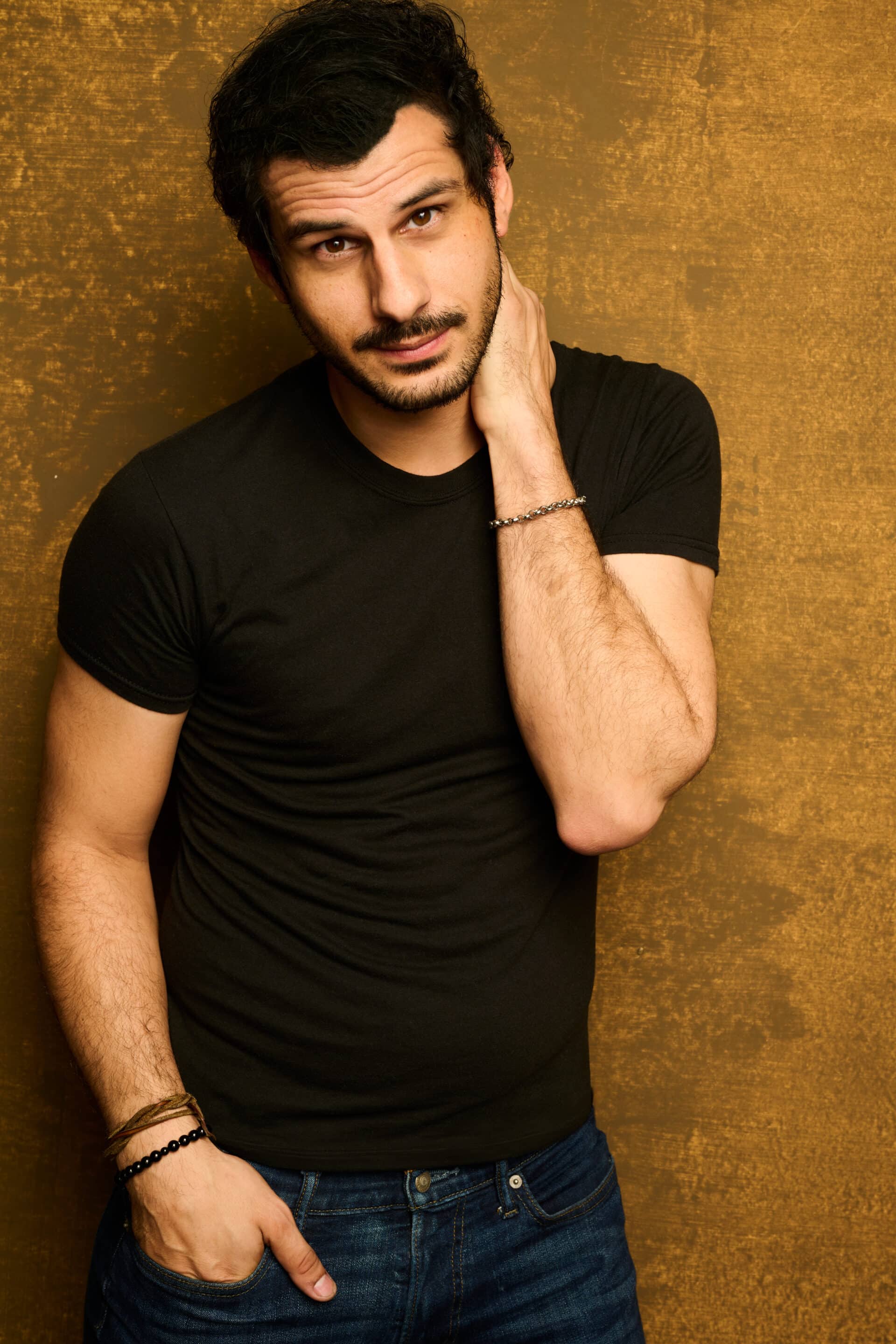
You’ve portrayed a wide range of characters—from astronauts to vampire hunters. How do you approach preparing for such diverse roles emotionally and physically?
I really try to find the anchor point — what’s the human part of this character that I can latch onto, then build out from there. Whether it’s an astronaut or a demon hunter, there’s always something real to ground it in. Physically, I try to stay ready — boxing, lifting, running — all of it keeps me agile enough to jump into whatever the role calls for. Emotionally? Music helps a lot. Each character has their own soundtrack in my head.
What excited you the most about your role in Lilo and Stitch and what have you learned from this experience?
Honestly? The chance to be goofy. I play a lot of serious guys — law enforcement and astronauts — but this one let me be playful while still keeping that grounded edge. And shooting in Hawaii? Are you kidding? I learned how important it is to enjoy the ride while it’s happening. Sometimes we get so caught up in the prep, we forget to just have fun. This project reminded me of that big time.
Your role in Monster: The Jeffrey Dahmer Story as Richard Guerrero was especially powerful and sensitive. How did you emotionally navigate playing a real-life victim?
That role stayed with me, in the best and hardest ways. I just wanted to honor Richard as a real person — not a victim, not a statistic — but someone who mattered, who loved, and was loved. I leaned into research, conversations, and empathy. And when it was over, I had to gently let it go, not carry it around. That’s the tough part — knowing when to set a character down.
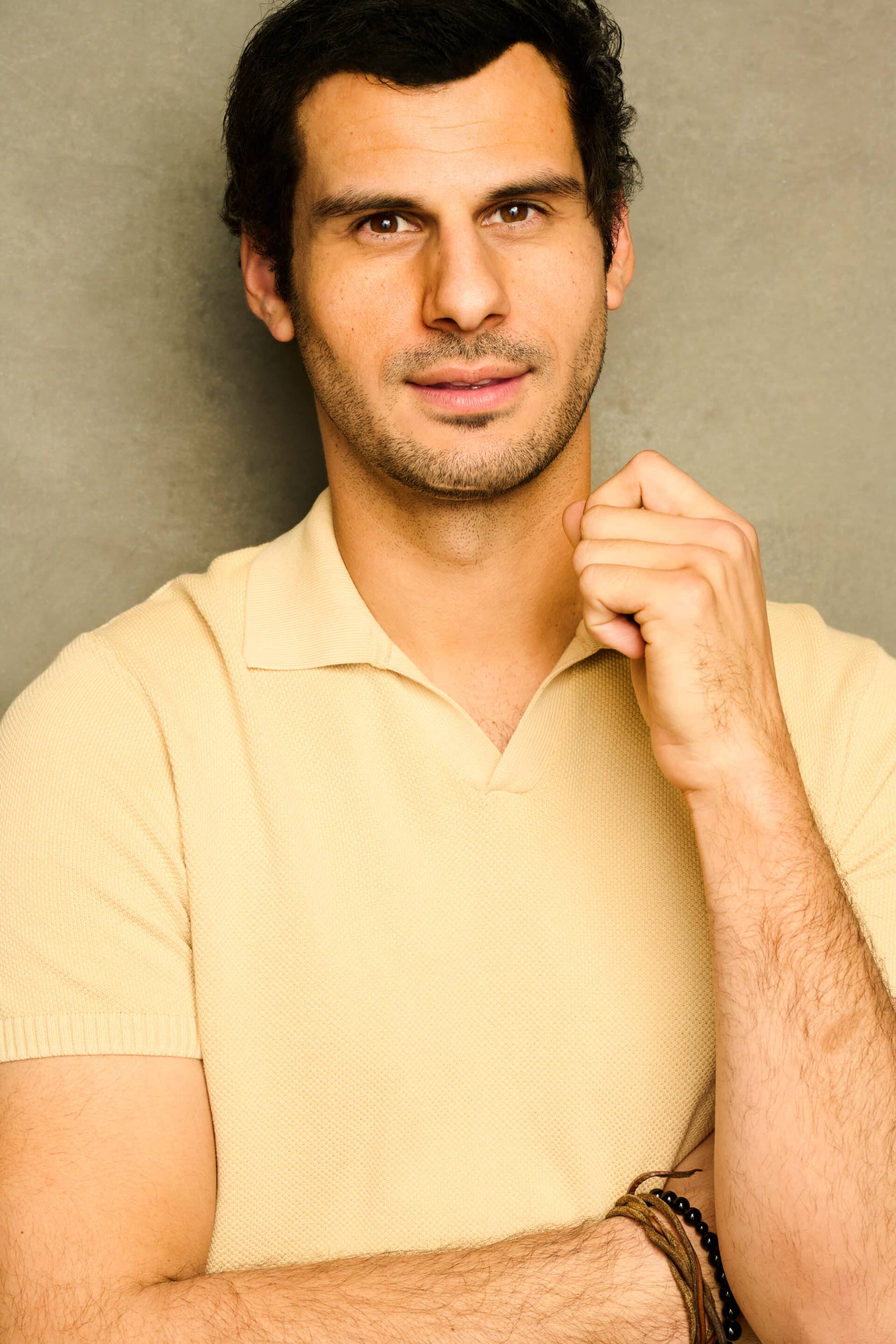
What was it like stepping into the Star Wars universe as Fixer in The Book of Boba Fett, especially playing a friend of Luke Skywalker? Did you feel any pressure taking on such an iconic part of the fandom?
Oh, absolutely. The pressure and joy and surreal disbelief all wrapped together. I grew up with Star Wars so being in that world felt like someone let me sneak onto set when I wasn’t supposed to be there. Walking past a speeder or seeing the robes and tech up close — that’s when it hit haha
As someone with Native American and Mexican Indigenous roots, how do your cultural identities influence the roles you choose and the stories you want to help tell?
My roots inform everything. I want to be part of stories where people like me — who haven’t always been represented — get to be complex, nuanced, human. I don’t want to just play “the Native guy” or “the tough guy.” I want to play someone’s brother, someone’s heartbreak, and someone’s hope. That’s how we move representation forward.
You’ve worked with incredible talents like Ryan Gosling and Jim Cummings. What have you learned from working alongside such varied artists and directors?
Preparation and play. That’s what I’ve picked up again and again. Ryan is laser focused — he’s works so incredibly hard, but incudes everyone as well. Jim knows exactly what he wants before he shows up to set, and is so precise when it comes to conveying that. Each one reminded me to bring my own voice to the table, but be flexible enough to riff with the room.
You’re also a trained stunt performer. How has your physical training in boxing, running, and lifting influenced the types of roles you’re drawn to or considered for?
I think being able to move and keep up physically opens the door to a lot more roles. If a director knows you can take a fall, sprint through a take, or handle a long day of action — that adds trust. But for me it’s not about showing off, it’s about adding another tool in the toolbox. And selfishly, I just love it. Running toward danger with a camera rolling? I’m in.
Art seems to play a major role in your life, both professionally and personally—with painting, music, and acting all part of your expression. How do these creative outlets intersect for you?
They’re all connected for me. Music especially — my brain definitely runs on soundtracks. If I’m painting, there’s music on. If I’m learning lines, I’m thinking in rhythm. Acting, at its best, is structured but free. All those outlets feed each other and keep the creative engine running when one gets low.
Philanthropy and mentorship clearly matter to you. How has your involvement with Big Brothers Big Sisters shaped your perspective as a performer and human being?
It’s grounded me. We chase so many things in this industry — roles, premieres, festivals — and those are great. But teaching a kid how to cook eggs for the first time? That moment stays with you. It reminds me that how we show up matters more than where. That kid doesn’t care what my IMDb says. They care that I showed up and kept showing up.
You’ve traveled the world through film festivals and projects. Is there a location or cultural experience that left a lasting impact on your craft or worldview?
Hawaii, hands down. I talk about it a lot because it really does feel like home. The spirit of community there, the respect for land and story, it just shifts how you move through a space. It made its way into my performance in Lilo & Stitch, but also just how I want to work going forward — with respect, collaboration, and joy.
With climate change and animal conservation close to your heart, do you envision using your platform to tell stories around these issues—or perhaps produce your own work in this realm one day?
Absolutely. It’s something I’m passionate about and would love to explore more — whether through film, documentaries, or just partnering with the right orgs. There’s such power in storytelling — if we can shift a mindset or open a heart through one scene, one moment — that’s how real change happens. I’d love to be a part of telling those stories, especially the ones that don’t get told enough.

